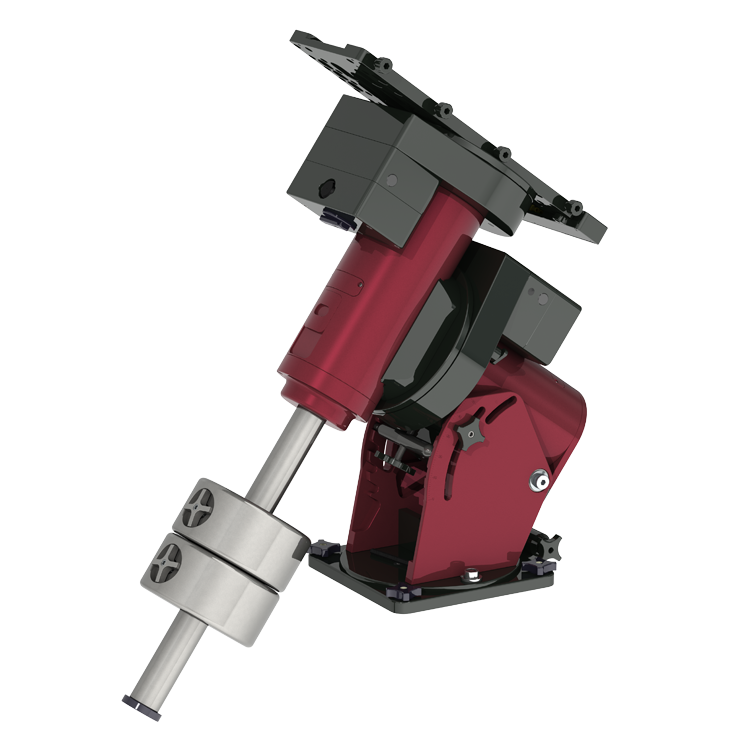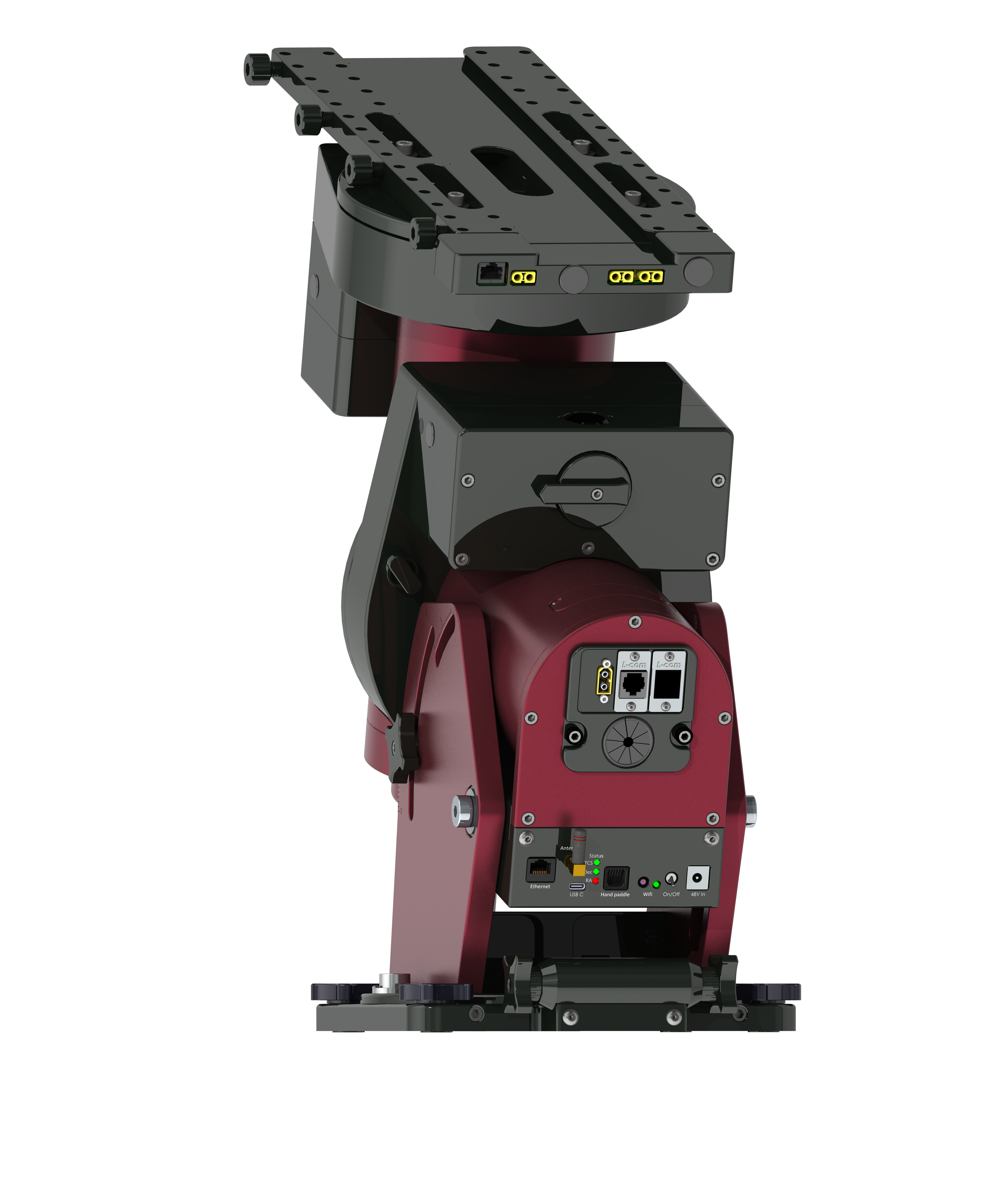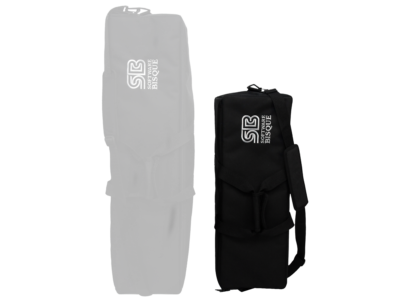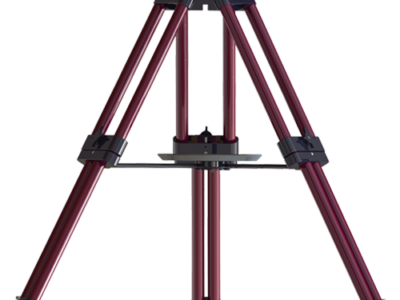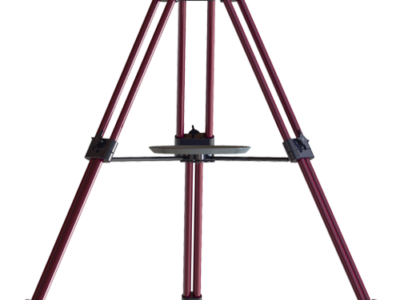Description
The coolest feature of our new Series 6 mounts is that they’re Paramounts.
While the new Paramount Series 6 refinements are important, they pale in comparison to the highly desirable results that Paramounts are already known to deliver even without absolute encoders: all-sky pointing accuracy below 30 arcseconds and unguided exposures as long as 20 minutes.1
That extraordinary performance would be impossible without Paramount’s integrated software. TPoint™ and ProTrack™ dynamically update the mount’s position across both axes to correct system-wide errors caused by tube flexure, atmospheric refraction, polar misalignment, mis-centered encoders and/or worm gears, and more.
While the optional on-axis absolute encoders eliminate periodic error, TPoint™ telescope modeling with ProTrack™ is required to correct all the errors mentioned above.
Paramounts routinely deliver unsurpassed pointing and tracking accuracy — with or without on-axis absolute encoders. Paramounts are also known for their reliability and straightforward operation. They just go, night after night, as it should be!
Order yours today and enjoy owning a Paramount Series 6, the world’s finest robotic German equatorial mount.
15- to 10-minute unguided exposures are more common. To see an example photograph composed of multiple 20-minute unguided exposures, please click here.



